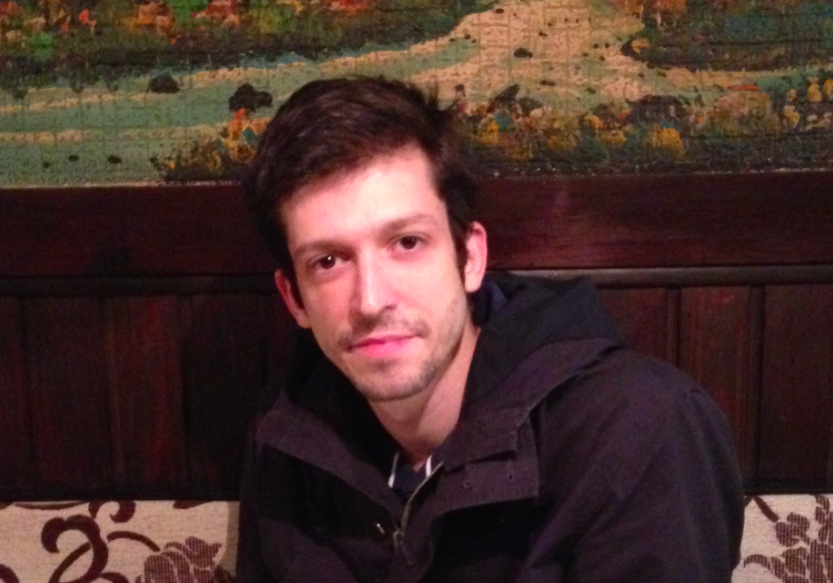Search
To search for an exact match, type the word or phrase you want in quotation marks.
A*DESK has been offering since 2002 contents about criticism and contemporary art. A*DESK has become consolidated thanks to all those who have believed in the project, all those who have followed us, debating, participating and collaborating. Many people have collaborated with A*DESK, and continue to do so. Their efforts, knowledge and belief in the project are what make it grow internationally. At A*DESK we have also generated work for over one hundred professionals in culture, from small collaborations with reviews and classes, to more prolonged and intense collaborations.
At A*DESK we believe in the need for free and universal access to culture and knowledge. We want to carry on being independent, remaining open to more ideas and opinions. If you believe in A*DESK, we need your backing to be able to continue. You can now participate in the project by supporting it. You can choose how much you want to contribute to the project.
You can decide how much you want to bring to the project.
Something extraordinary occurs with Elisabet Sánchez . A collector, Gustavo Bruzzone, notices that he’s missing a name in his collection, consecrated in the scene of the Centro Cultural Rojas in the first half of the nineties. There are some images and a few disparate remains: a group show in 1996, a grant that Sánchez had formed part of. At that time Internet barely existed, even less so in the South Atlantic (where the subaquatic fibre optic cable would take a few more years to arrive). There are just a few cuttings and some photographs. With difficulty, Bruzzone uncovers the whereabouts of Sánchez, an emerging artist in the Rojas environment, who when very young left her career in limbo and who currently lives in Spain. The collector is guided by fascination or prolixity: his interest isn’t aroused by comments in magazines, or the whispers of curators or professional speculations. He acts like a character of George Perec, or Verne: one who needs to complete a list. The cross referring of data leads him to a house in Rosario, where Sánchez, before leaving, left a quantity of pieces in safekeeping, in the care of her parents. Thin volumes of painted wood, forming oblong and conductive patterns, in the style of minimalism, but in an absolutely entropic material like raw wood, that is prone to warping, stains and disorder. Sánchez seems bend to fit the words of Robert Smithson: we make new monuments to forget about the future.
The effect of the works, far removed from the public eye and cameras during 17 years is strange. And Bruzzone’s solution of the enigma rapidly turns into a show at the Contemporary Art Museum in Rosario, curated by Nancy Rojas that is now coming to the gallery miau miau in Buenos Aires. In truth, it’s a strange case of destiny: the stored works, the interrupted career, the journey and the obsessive collector. Maybe Sánchez stopped making art because she had already made what she needed to make. Maybe she didn’t understand the ambience where she arrived or the change of era. And she never bothered to think about her career. But with her something unusual has happened, at least for artists of today who try to remain afloat in an industry based on information and the here and now: in that someone wants to make an exhibition of your work and you aren’t the one on the frontline; that a show of your work is programmed in a museum and a gallery in another city then asks for the show to travel there; and that critics ask if they can visit the gallery before the opening. The forgotten turns into expectation. Works, that distort in the face of time and humidity, with the perceptible velocity of the passing seasons.

Claudio Iglesias is an art critic based in Buenos Aires. His latest books are Corazón y realidad (Consonni, Bilbao, 2018) and Genios pobres (Mansalva, Buenos Aires, 2018).
"A desk is a dangerous place from which to watch the world" (John Le Carré)